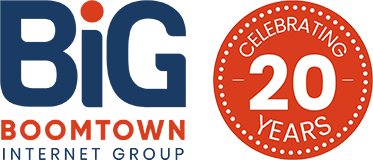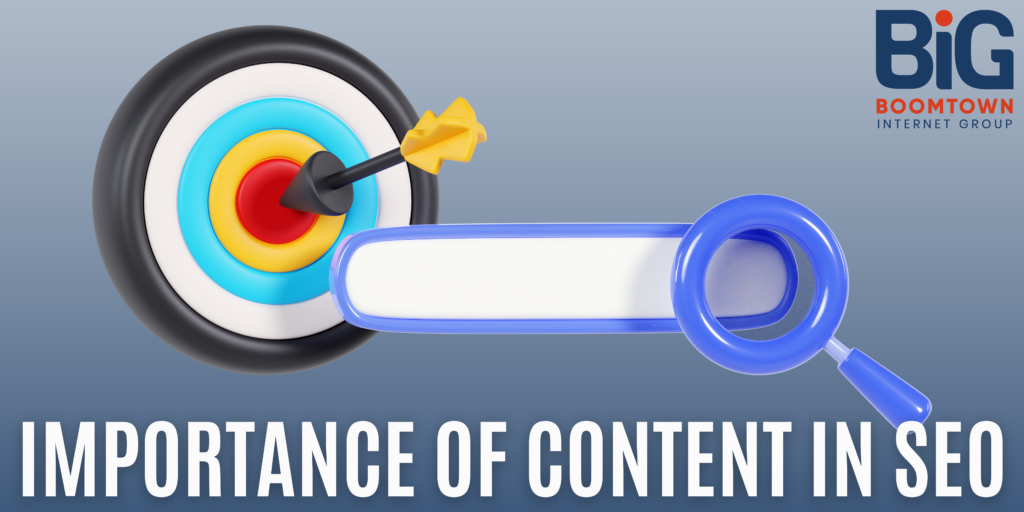Content is the cornerstone of SEO. Without it, your website is just a digital ghost, invisible to search engines and your potential audience. High-quality, relevant content signals to search engines that your website is valuable and informative, boosting your rankings in search results.
What is Content in the Context of SEO?
Content is any form of information that informs, educates, or entertains your audience. In the realm of SEO, content refers to the written, visual, or audio materials on your website that help search engines understand what your site is about. This includes blog posts, articles, product descriptions, videos, infographics, and more.
Why is Content Important for SEO?
- Improved Search Engine Rankings: Search engines like Google prioritize websites with high-quality, informative content. By creating valuable content that addresses your target audience’s needs, you can improve your website’s search engine rankings and attract more organic traffic.
- Increased Visibility: Content helps your website become more visible online. When you publish relevant and engaging content, it’s easier for search engines to index and rank your pages.
- Enhanced User Experience: High-quality content provides a positive user experience. When visitors find your content helpful and informative, they are more likely to stay on your website longer and share it with others.
- Improved Conversions: Content can help you convert website visitors into customers. By creating persuasive and informative content, you can guide your audience through the sales funnel and encourage them to take action.
- Authority and Trust: Consistent content creation establishes your website as an authority in your industry. When people see that you are regularly producing valuable content, they are more likely to trust your brand.
Creating Effective SEO Content
1. Keyword Research
- Understand Your Target Audience: Before diving into keyword research, it’s crucial to have a deep understanding of your target audience. What are their needs, interests, and pain points? By understanding your audience, you can identify the specific keywords they are likely to use when searching for information.
- Utilize Keyword Research Tools: Several powerful tools can help you discover relevant keywords:
- Google Keyword Planner: A free tool from Google Ads that provides keyword ideas, search volume estimates, and competition data.
- Semrush: A comprehensive SEO toolset that offers keyword research, competitor analysis, and backlink tracking.
- Ahrefs: Another popular SEO tool with features like keyword research, site audits, and competitor analysis.
- Moz Keyword Explorer: Provides keyword difficulty scores, search volume estimates, and related keywords.
Long-Tail Keywords: Focus on long-tail keywords, which are more specific and often have lower competition. For example, instead of targeting the generic keyword “shoes,” consider long-tail keywords like “women’s running shoes size 8.”
2. Quality Content
- Create Valuable Content: Your content should provide value to your audience. Answer their questions, solve their problems, or offer unique insights.
- Write Naturally: Avoid keyword stuffing, which can harm your rankings. Focus on writing clear, concise, and engaging content that flows naturally.
- Use a Variety of Content Formats: Experiment with different content formats like blog posts, articles, videos, infographics, and podcasts to cater to different audience preferences.
- Optimize for Mobile: Ensure your content is mobile-friendly, as a significant portion of searches now occur on mobile devices.
- Update Existing Content: Regularly update and refresh your older content to keep it relevant and valuable.
3. On-Page Optimization
- Title Tags and Meta Descriptions: Use descriptive and keyword-rich title tags and meta descriptions that accurately represent your content.
- Header Tags (H1, H2, H3, etc.): Structure your content with appropriate header tags to improve readability and help search engines understand the hierarchy of your page.
- Image Optimization: Optimize your images with descriptive alt text, file names, and appropriate dimensions to improve search engine visibility and user experience.
- Internal Linking: Link to relevant pages within your website to improve navigation and help search engines understand your website’s structure.
4. Backlinks
- Build High-Quality Backlinks: Backlinks from reputable websites can significantly boost your search engine rankings. Focus on building natural and relevant backlinks.
- Guest Posting: Contribute guest posts to other websites in your industry to earn valuable backlinks and exposure.
- Broken Link Building: Find broken links on other websites and offer to replace them with links to your relevant content.
- Directory Submissions: Submit your website to relevant online directories to increase your online visibility and potentially earn backlinks.
5. User Experience
- Page Speed: Optimize your website’s loading speed to improve user experience and search engine rankings.
- Mobile-Friendliness: Ensure your website is fully responsive and looks great on all devices, from desktops to smartphones.
- Easy Navigation: Create a clear and intuitive navigation menu to help users find the information they need.
- Site Structure: Organize your website’s content in a logical and easy-to-follow structure.
- User Testing: Conduct user testing to gather feedback on your website’s usability and make necessary improvements.
By following these guidelines and continuously improving your content and SEO strategies, you can enhance your website’s visibility, attract more organic traffic, and achieve your business goals. Remember, content is the foundation of SEO, so invest time and effort into creating valuable content that resonates with your audience.
Content Marketing Services at Boomtown Internet Group
Boost growth and engagement with our expert content marketing services. We craft high-quality, targeted content that resonates with your audience and drives measurable results. Partner with us to enhance your brand’s online presence and connect with the right people at the right time.


